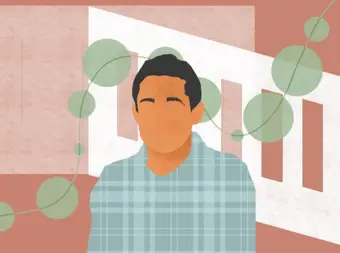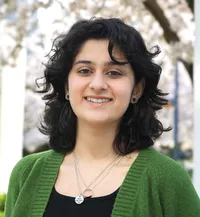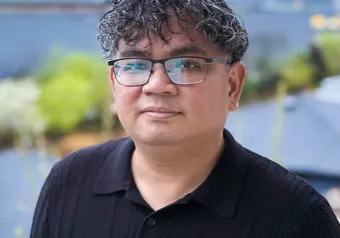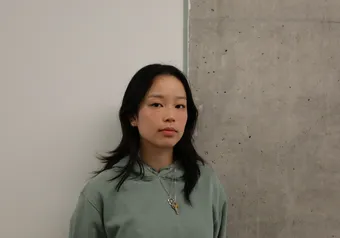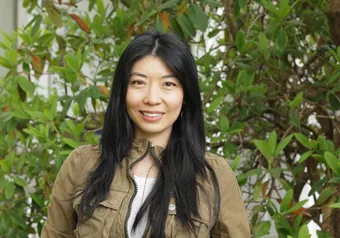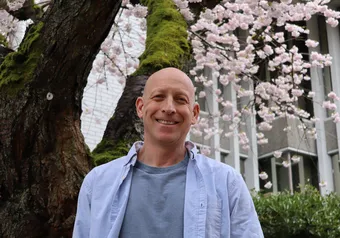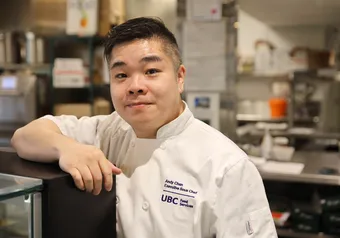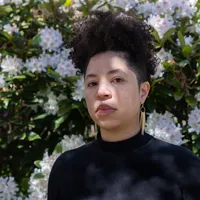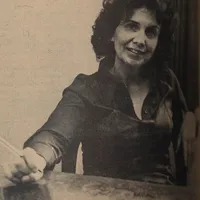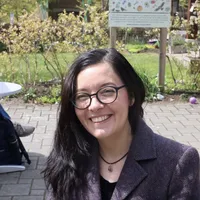Dr. Robert Crawford had no intention of going to university.
In fact, he never even thought about it.
That was until the summer of 1978, when new high school graduate Crawford spent his time working with his father at a Surrey gear factory.
To get the job, Crawford had to be set to attend university in the fall. So, he lied.
But that all changed once he met his co-workers — the three Brians.
“There were four of us [young men], all of whom had a father working in the factory,” said Crawford. “Believe it or not, I was the only one not named Brian.”
One Brian joked and swore, another was very pious and would get angry at the first for swearing and the last Brian “was so boring.”
“I can’t remember anything about him,” said Crawford.
But the joking and swearing Brian constantly talked about his degree and Arts One.
“My mother didn’t want me to go [to university], believe it or not,” said Crawford. “My father did.”
Crawford started thinking, but he didn’t consider university an option until halfway through that summer when his father talked to him during a factory workday.
“I never thought you’d wind up here like me,” Crawford recalled his father saying. “Get out of here.”
Unsure of his future and influenced by his father and Brian’s stories, “the wheels started turning.”
But it wasn’t stories about studying in a nook of Koerner Library or visiting professors for office hours in the old Arts One building that persuaded Crawford to go to university.
Brian “didn’t say anything about the academic culture … the readings.” He just talked about parties and drinking.
“There’s no way in the world I would have heard about Arts One if Brian hadn’t mentioned it,” said Crawford. “It was in the back of my mind ... for all the wrong reasons.”
But once Crawford started attending UBC, it didn’t take him long to realize partying wasn’t the only aspect of being a student.
“[University] was very difficult. It was academically very demanding, and I’m not sure I was prepared for that, to be honest with you,” said Crawford. “I didn’t have the best year of my life academically.”
Eventually, Crawford found his footing and graduated with a double major in political science and English literature.
But he didn’t stop there — Crawford received his PhD in political science and later became Arts One chair, a position he held until July.
Generalism in action
The Arts One program began in 1967 “as an experiment,” according to Crawford.
“There was a lot of experimentation going on in the 60s in all kinds of areas, and one of those areas was pedagogy. Students were bored with the conventional standard timetables, and Arts One came along as … a pilot project for one year or two years [to] see what happens.”
“It’s been there ever since — kinda like me.”
Arts One welcomes around 100 students into its program every year, splitting them into seminar groups of 20 and tutorial groups of 4. In these tutorials, students read, analyze and give feedback on other students’ essays, emulating a small liberal arts college on UBC’s campus of over 60,000.
When Crawford was a student, he thought reading Thomas Hobbes’s Leviathan was “a punishment” — now, it’s his favourite text to teach.
“I hated [Leviathan]. I couldn’t stand it. I had no idea what I was reading.”
Despite his time as a student in the program, Crawford said it did little to prepare him for being on the other side of the lecture hall.
“Teaching was so different,” said Crawford. “I mean, I had fun as an undergrad … I spent a lot of time in the Pit. I spent a lot of time in the Gallery.”
Despite these changes, one thing stayed the same — being a “generalist” stuck with him from being a student to a professor.
The nature of Arts One, according to Crawford, forces professors to rarely discuss their areas of expertise. From philosophy, English and history to sociology, Latin American studies or political science — Arts One professors need to teach out of their wheelhouse.
But Crawford embraced it and continues being a generalist in his teaching style today. In fact, his favourite aspect of teaching is moving across “really strict disciplinary boundaries.”
“I’ve become a very generalist teacher, and I started as a very generalist student and I never got over it in a way,” said Crawford. “I always tell people that Arts One contaminated me with this generalist orientation.”
Moving beyond the canon
Tucked away from the hustle and bustle of campus, behind the Neville Scarfe building, sits a small green structure with large windows and surrounding shrubbery.
This — the then-Arts One building, now-film production building — is where Crawford found his home on campus.
The building was home to many parties and social gatherings, producing “a distinct kind of culture,” according to Crawford.
And this distinct culture has continued in the halls of Arts One — from the old building to the Gateway Space in IKB. When it comes to the program itself, Crawford said little has changed pedagogically, but change has occurred in what material is taught in the course.
Crawford said one of the “vulnerabilites” of Arts One and other liberal arts courses is that they tend to focus on texts created by “dead white guys.”
But, Crawford said, over time, that’s changed in Arts One.
“It isn’t just dead white guys,” said Crawford. “We read the Shakespeare still, we read the Hobbes still, we read the Plato still, and then we put it in conversation with other traditions ... I think those conversations are really important.”
Growing together
Crawford started as an Arts One professor in the 90s after finishing his PhD — it was a “temporary structure,” something he would do for a couple of years, but “it just kind of evolved into something much bigger than that.” He has been with the program ever since, and will continue to teach in Arts One come September.
From student to professor and Arts One chair, Crawford has seen the program grow. And he’s grown alongside it.
“I’ve spent so much of my life in and around that program,” said Crawford. “For a long time … it was like, ‘Am I ever gonna get out of this place? … I feel, in a weird kind of way, very happy about it.”
First online
Share this article


